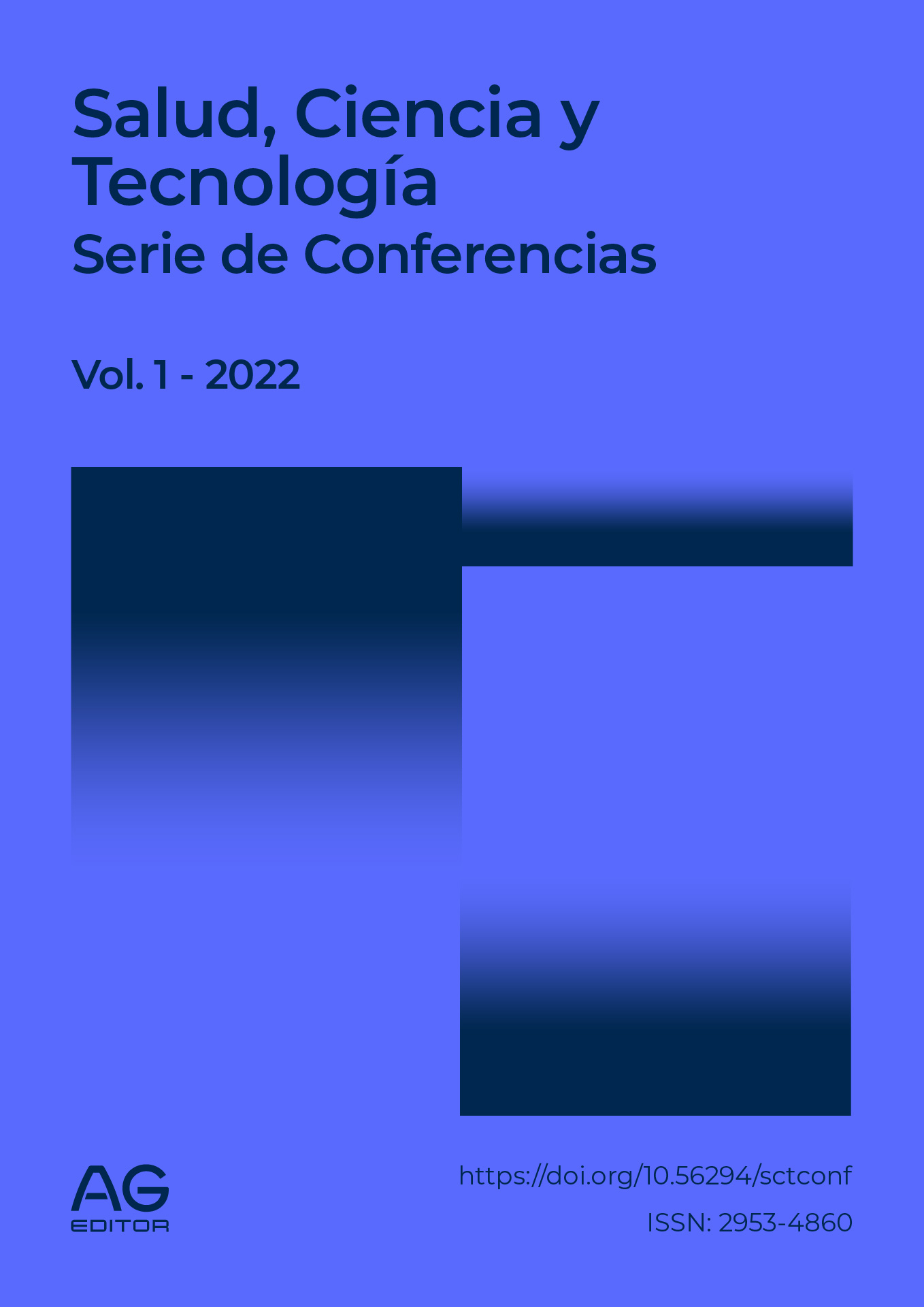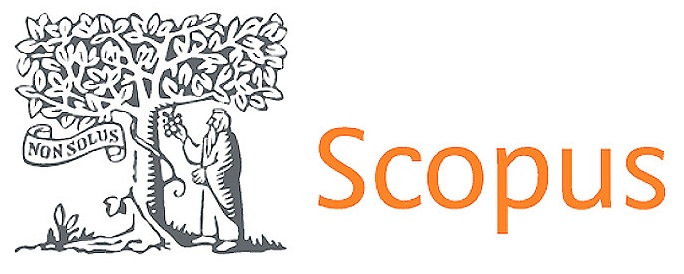Clinical epidemiological behavior of Chronic Kidney Disease in diabetic patients. La Palma, 2022
DOI:
https://doi.org/10.56294/sctconf2022234Keywords:
CKD, Diabetes Mellitus, PreventionAbstract
Introduction: diabetes mellitus (DM) is a chronic non-communicable disease that manifests itself as a set of metabolic disorders affecting different organs and tissues and is characterized by an alteration of blood glucose levels.
Objective: to determine the clinical epidemiological behavior of chronic renal failure in the diabetic population of the urban area of Pedro Borrás Astorga municipality La Palma in the period from September 2020 to September 2022.
Methods: a descriptive, cross-sectional study was carried out, the universe was constituted by a total of 197 patients dispensed with diabetes mellitus in the period under study. The sample consisted of 132 diabetic patients through simple random sampling, according to inclusion and exclusion criteria.
Results: in both sexes the incidence of CKD increased with age, with a predominance of men, with a significant number of overweight and obese patients. Patients with a family history of HT and diabetes predominated, with HT and heart disease being the most frequent pathologies in diabetics with CKD. Among the main renal profile disorders, glomerular filtration alterations prevailed, followed by azotemia. Most of the patients had CKD and more than half were in stage III of the disease. The main symptoms and signs in these patients were oliguria, edema and polyuria.
Conclusions: the clinical epidemiological behavior of diabetic patients with CKD was determined, which allowed us to propose educational strategies for its prevention.
Downloads
Published
Issue
Section
License
Copyright (c) 2022 Yoselín Cordero Guzmán, Eddy Hernández Morejón, María del J. Gallardo Cajiga, Yamile Rodríguez González, Seferina Gutiérrez Sánchez (Author)

This work is licensed under a Creative Commons Attribution 4.0 International License.
The article is distributed under the Creative Commons Attribution 4.0 License. Unless otherwise stated, associated published material is distributed under the same licence.



